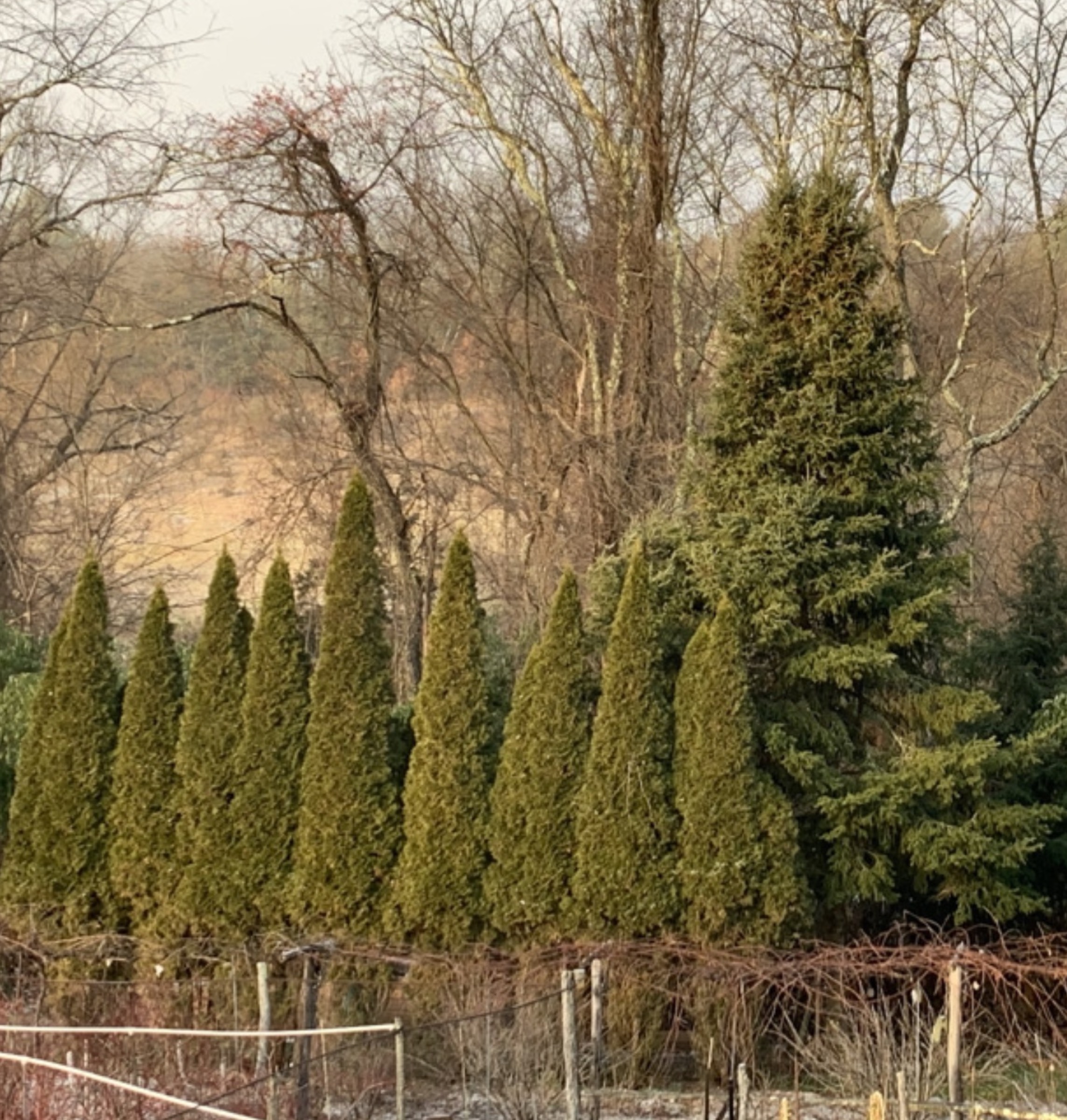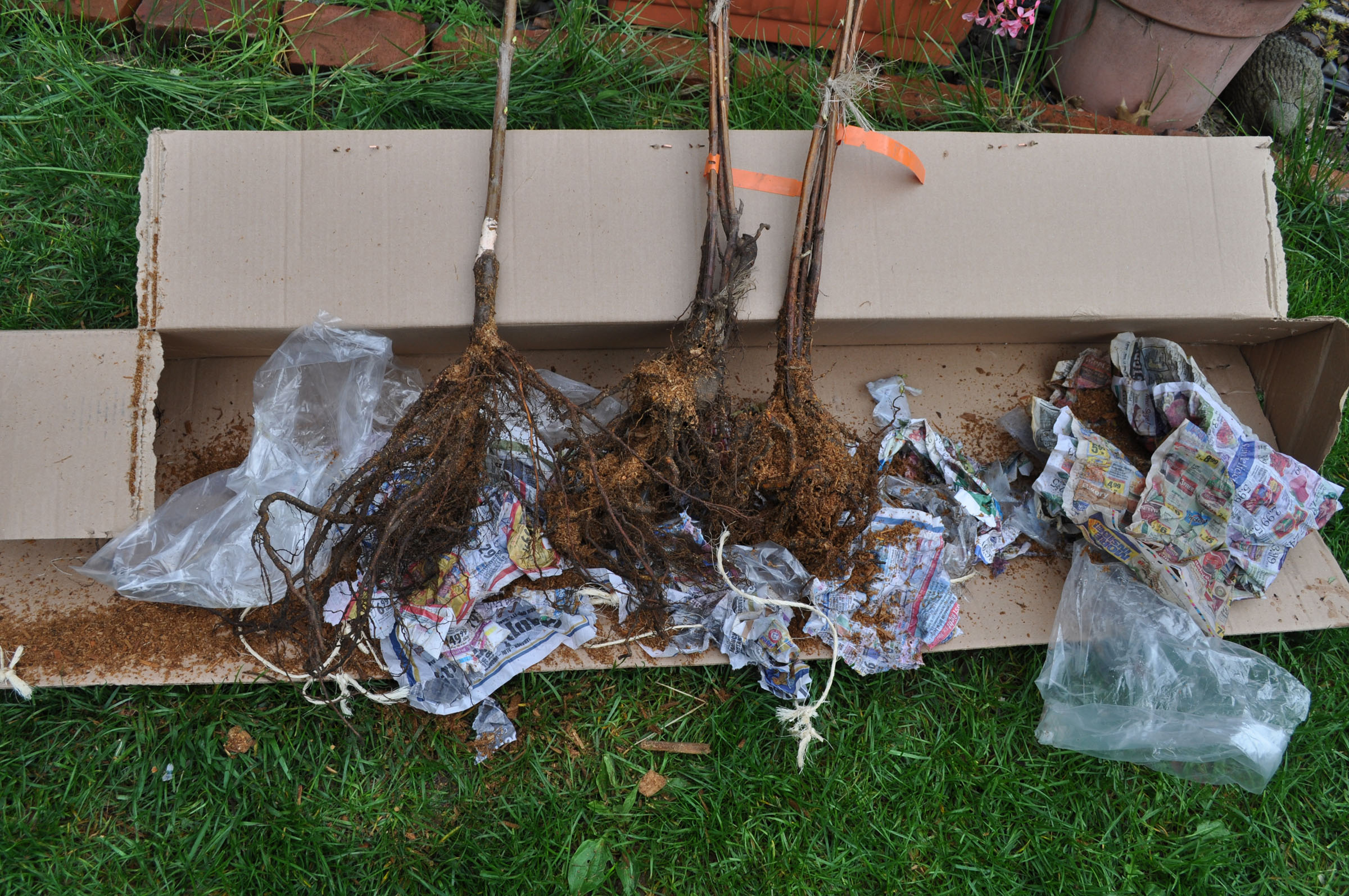WHAT’S DOING IN YOUR ‘HOOD
/4 Comments/in Design, Flowers/by Lee ReichRhododendron Death?
I don’t know if this is happening in your neighborhood, but in my neighborhood a fungus is reported to be ravaging rhododendrons. Except that it’s not a fungus. Those browning, wilting leaves are caused by cold.
This past winter, temperatures did drop a few degrees below zero Fahrenheit, but that’s pretty much par for the course these days. In years past, winter temperatures here on the farmden regularly dipped down to near minus 20 degrees Fahrenheit, which was why I was always reluctant to plant rhododendrons.
WATERING SEEDLINGS MADE EASY
/0 Comments/in Vegetables/by Lee ReichReady. Set. Go. Or Grow.
Growing seedlings indoors seems almost like a race. Of course, it has a staggered start, with onions already growing strongly and tomatoes not yet sown. Watering these seedlings is crucial: timely watering keeps them chugging along apace; two or three days of neglect might spell death.
A simple way to automatically water seedlings is to rely on the soil to draw water, as needed, via capillary action. Read more
TREE PLANTING MYTHS DEBUNKED
/4 Comments/in Soil/by Lee ReichAnd the Best Time to Plant Is . . .
Planting a tree has gotten a lot easier these days, not from new technology in digging equipment but because research into trees’ responses to various planting practices has dispelled many myths. Too late to act on this one but even the best season for planting has been shifted for many tree species from the more traditional spring planting to planting in fall.

Arbovitae & Balsam fir, planted in 1990s
Okay, perhaps you haven’t come up with where or what to plant this spring, take heartwith some of the reasons why fall — if you’re ready then — is a good, in some cases better, time. Fall planting is easier because the soil is generally in better condition for digging and because planting can be done at a relaxed pace. Lingering summer heat coupled with fall rains makes for a soil that is moist and crumbly rather than the goopy mess often found in spring.
And there’s no need to rush a plant into the ground for fear of stems beginning growth before roots take hold. Buds won’t awaken until they’ve experienced a winter’s worth of cold, and by then roots of fall planted trees will have already begun to extend out into the surrounding soil.
Come spring, roots of fall planted trees are also in place and ready to soak up a winter’s worth of soil moisture, so need less watering by you.
Don’t Work So Hard
Whether painting in spring or fall, DO NOT bow to certain traditions of planting. Such as: Read more


